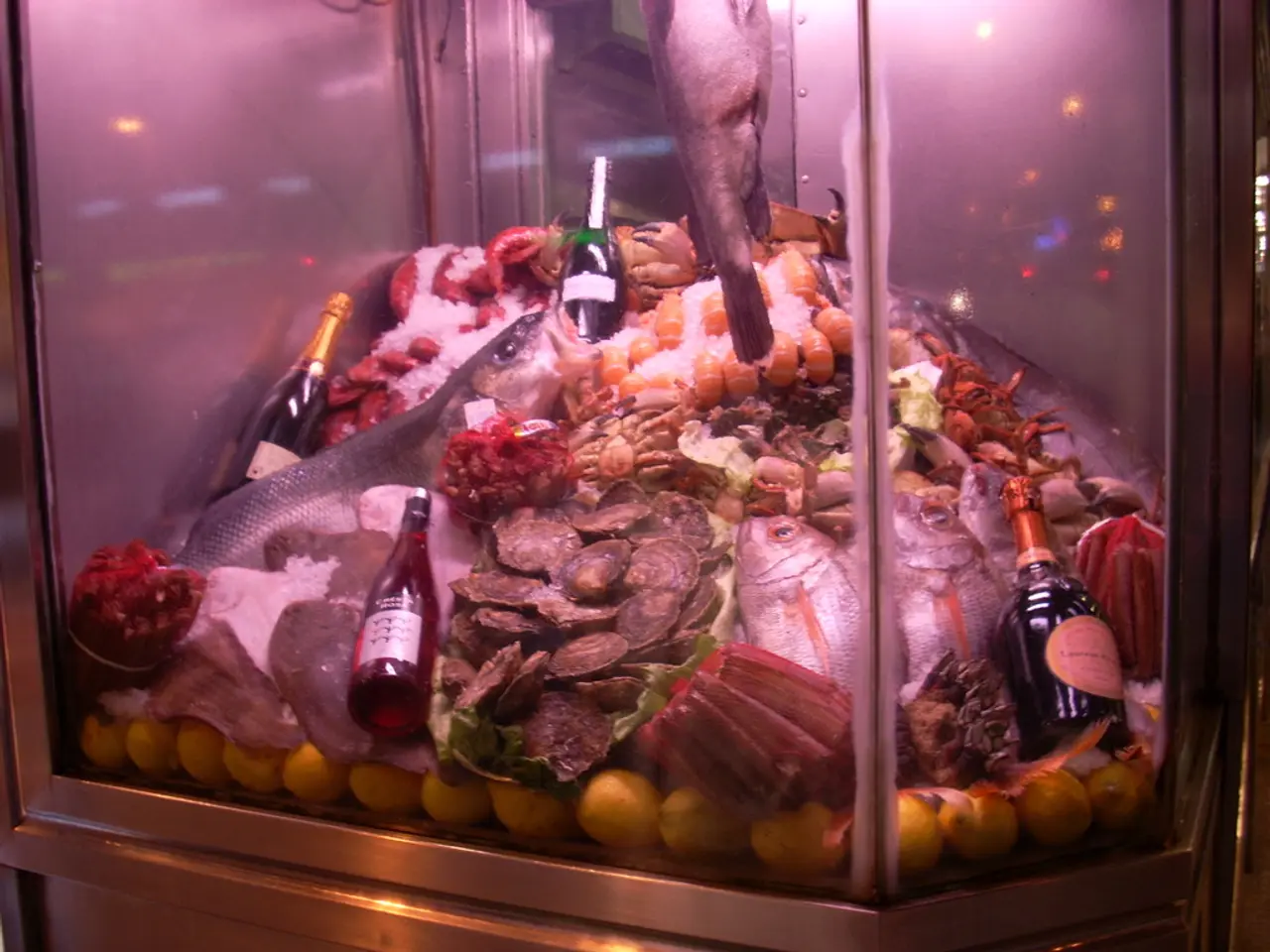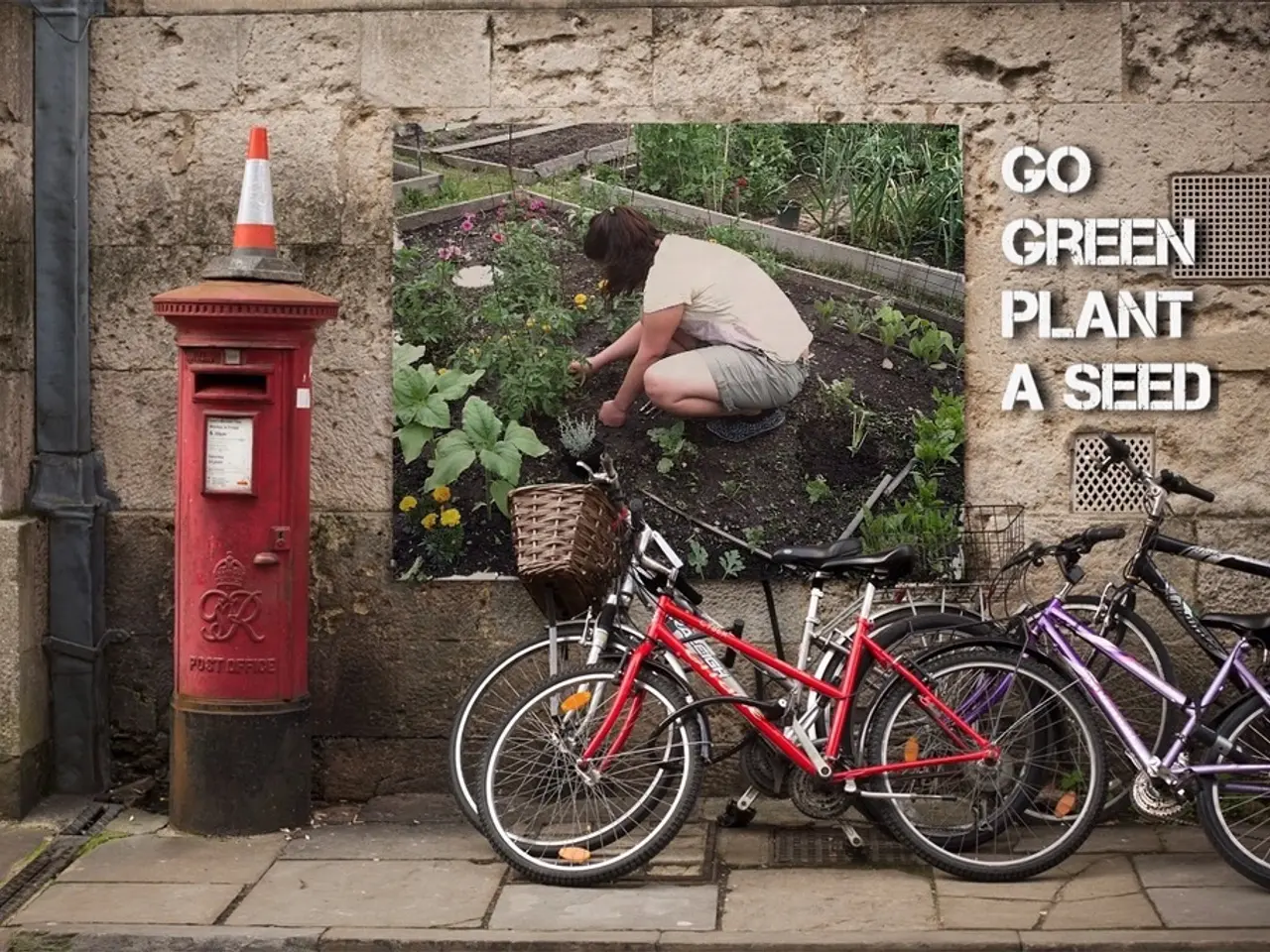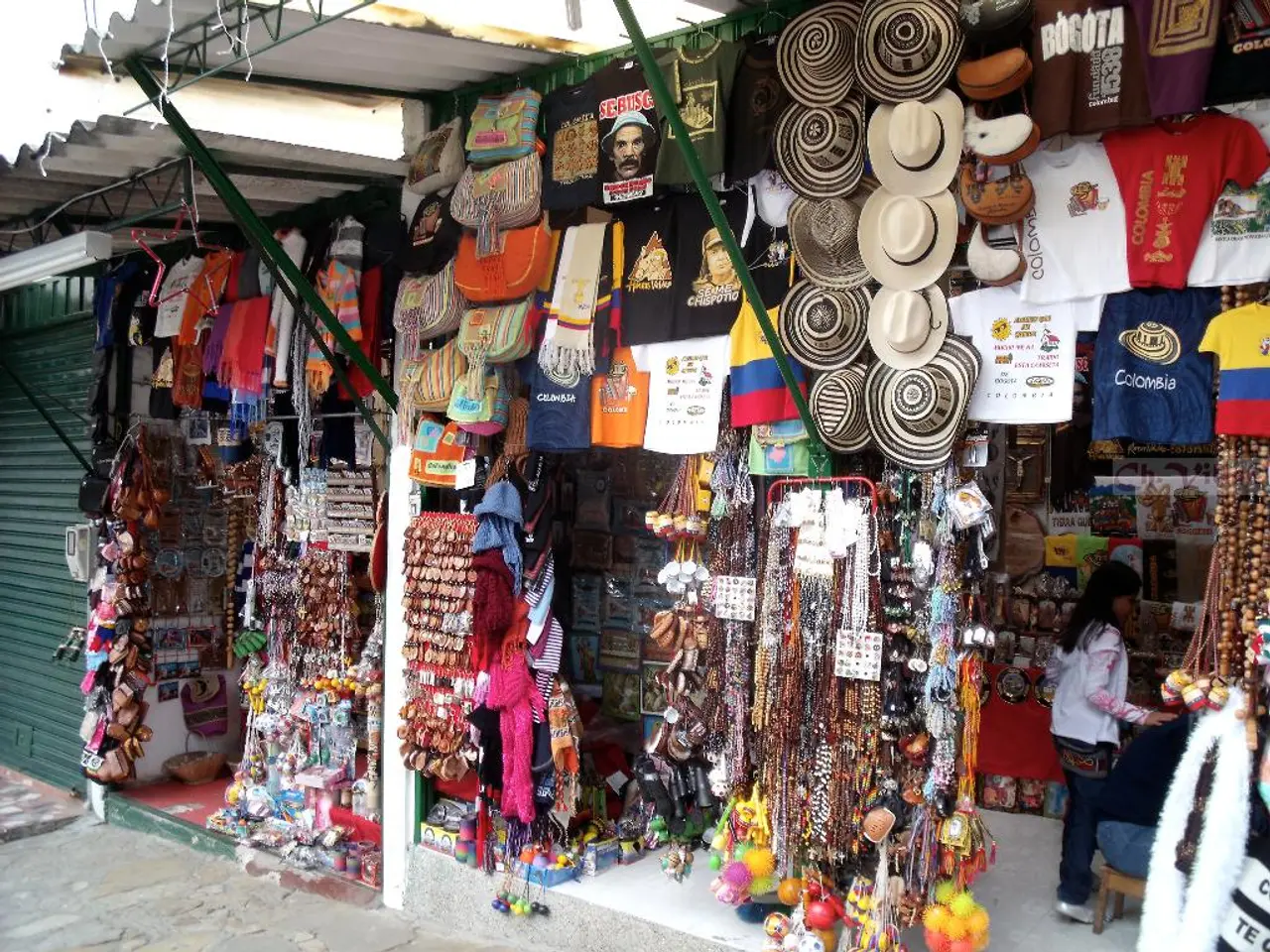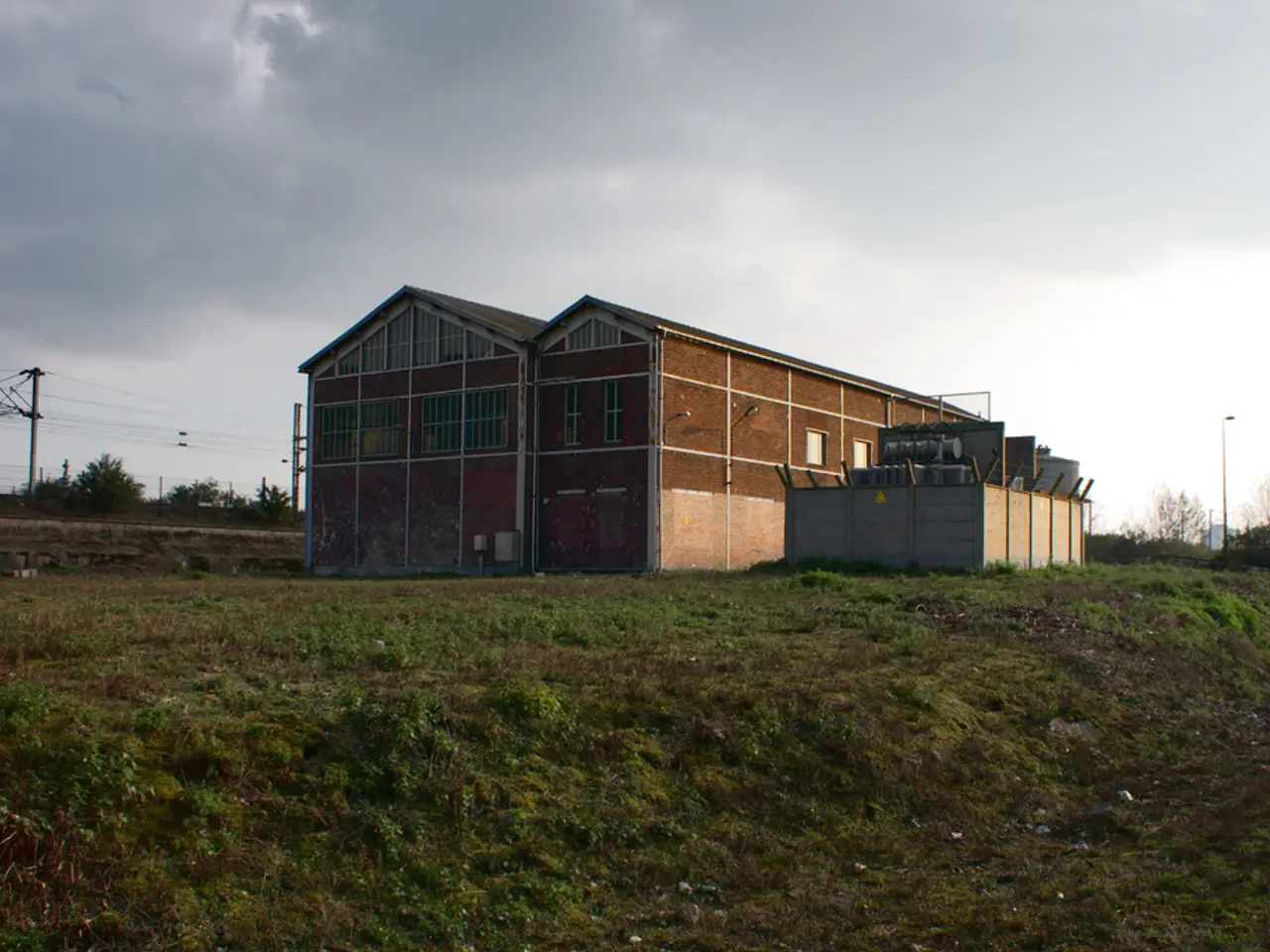DIY Guide for Creating a Fish Bowl Terrarium: Comprehensive Instructions and Shopping Information
In the realm of indoor gardening, fish bowl terrariums have emerged as a unique and captivating way to bring nature into your home. Here's a comprehensive guide on how to create your very own fish bowl terrarium, using plants, decorations, and proper care techniques.
### Materials Required - A clear fish bowl or glass container (preferably wide-mouthed for easy access) - Small gravel or pebbles for drainage - Activated charcoal (to prevent odours and bacterial growth) - Potting soil or terrarium substrate - Selected plants suited for terrariums (e.g., moss, succulents, small ferns, air plants) - Decorations like small rocks, figurines, or wood (optional) - Spray bottle for watering - Small tools (spoon, tweezers, or chopsticks for planting)
### Steps to Create the Fish Bowl Terrarium
1. **Choose a Suitable Container** Select a clear glass fish bowl that is big enough to hold your plants and provide enough air circulation. A container with a wide opening makes planting and maintenance easier.
2. **Create the Key Terrarium Layers** Build layers inside the fish bowl to support healthy plant growth: - **Drainage layer:** Add about 1-2 inches of small gravel or pebbles at the bottom to prevent waterlogging. - **Activated charcoal layer:** Add a thin layer of activated charcoal on top of the gravel to keep the environment fresh and prevent mold or odours. - **Soil layer:** Add 2-3 inches of potting soil or suitable terrarium substrate on top of the charcoal. Use soil appropriate for your plants (e.g., cactus soil for succulents, general potting mix for ferns).
3. **Select and Plant Your Plants** Choose plants that thrive in terrarium conditions: - For a **closed terrarium** or higher humidity: moss, ferns, maidenhair, air plants. - For an **open terrarium** like a fish bowl: succulents, cacti, or low-humidity plants. Arrange plants by size—small ones in front, medium in the middle, tall in the back—to create a layered look. Use tweezers or chopsticks to plant carefully without disturbing the layers.
4. **Decorate (Optional)** Add decorative elements such as small stones, figurines, or pieces of driftwood to enhance appearance.
5. **Care and Maintenance** - **Watering:** Mist the plants lightly with a spray bottle. Avoid overwatering; succulents require less water while mosses and ferns prefer more humidity. - **Lighting:** Place the terrarium in indirect sunlight. Avoid direct harsh sunlight which may overheat or burn plants. - **Air circulation:** Open terrariums benefit from occasional air flow; closed ones may need to be opened periodically to prevent mold. - Monitor the terrarium regularly for mold, pests, or unhealthy plants and remove them promptly.
Following these steps will help you create a beautiful, easy-to-maintain fish bowl terrarium that can be a living decoration in your home.
This approach aligns with general terrarium-building advice and creative uses of fish bowls as containers, as shown in sources that focus on mossy, succulent-based terrariums and planted aquatic setups.
For those interested in more challenging projects, consider creating a fish tank terrarium as a next step. Closed terrariums need bright, indirect light and may benefit from the addition of a culture of springtails. Suitable plants for closed terrariums include Peperomia, Pilea, Ferns (in general), Fittonia, and Raindrop Pepperomia.
Remember, it's best to start planting with the biggest plants, followed by small feature plants, then moss, and finally vines. The substrate can be sculpted or sloped as desired. Dry substrate should be sprayed with water before planting. Large hardscape items like stones or driftwood can be added for structural elements.
Potting soil is not suitable for terrariums due to poor drainage and compaction. Always use a suitable terrarium substrate or a mix of substrates for optimal results.
Happy gardening!
By following this comprehensive guide, you can effortlessly incorporate closed terrarium care into your lifestyle, transforming your home-and-garden scene with a stylish fish bowl terrarium. With the right choice of materials, the appropriate steps for creation, and regular maintenance, this chic indoor gardening project will not only brighten up your living space but also contribute to a cleaner, fresher environment at home.




